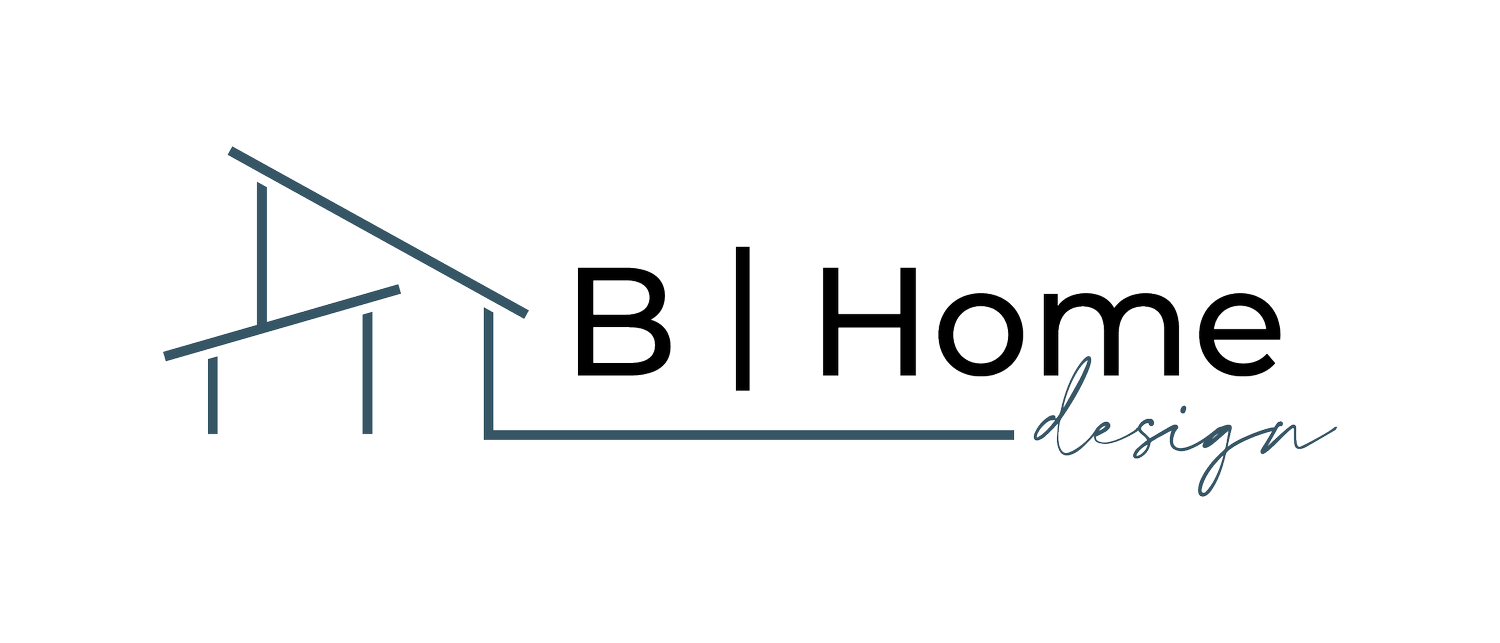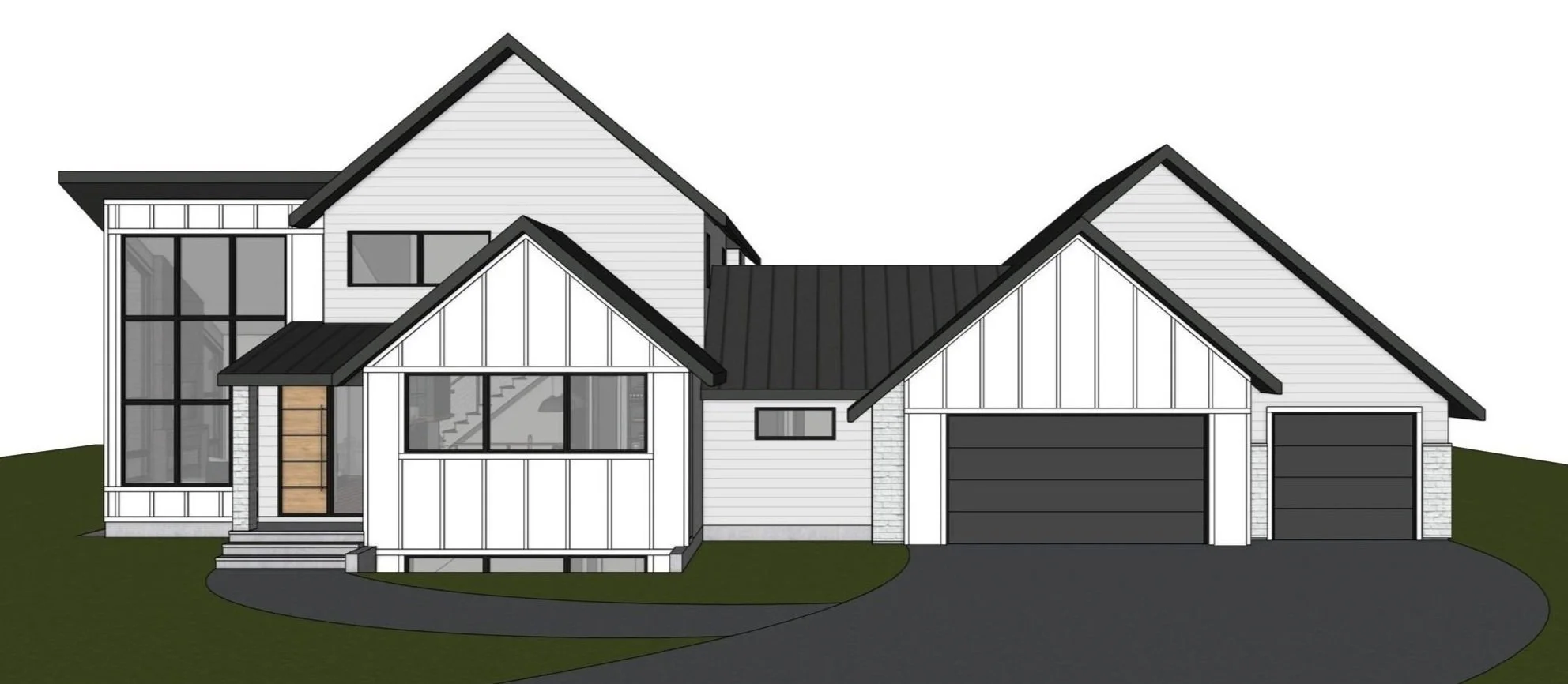Architectural Design: Crafting Spaces with Functionality and Aesthetics
Architectural design is the cornerstone of every construction project, blending functionality with aesthetics to create spaces that inspire and enrich the lives of their occupants. From residential homes to commercial complexes, the principles of architectural design permeate every aspect of the built environment. In this blog post, we'll explore the intricate process of architectural design and its role in shaping the world around us.
The Design Process
The journey from conceptualization to the final design is a multifaceted process that requires creativity, technical expertise, and attention to detail. It typically begins with a thorough analysis of the project brief, site characteristics, and contextual factors that influence the design. Architects then develop initial sketches and conceptual drawings to explore different design possibilities and spatial arrangements.
As the design evolves, architects refine their concepts through iterative processes of feedback and revision. They carefully consider factors such as spatial layout, circulation patterns, natural lighting, and material selection to create harmonious and functional environments. Advanced digital tools such as Building Information Modeling (BIM) facilitate the visualization and coordination of complex design elements, ensuring a seamless transition from concept to construction.
Innovations in Architectural Design
The field of architectural design is constantly evolving, driven by advances in technology, changing societal needs, and emerging design trends. Architects are increasingly incorporating sustainable design principles, digital fabrication techniques, and parametric modeling tools into their practice to create buildings that are environmentally responsible, technologically advanced, and aesthetically compelling.


